What Is Coppicing: Tips On Coppicing Trees
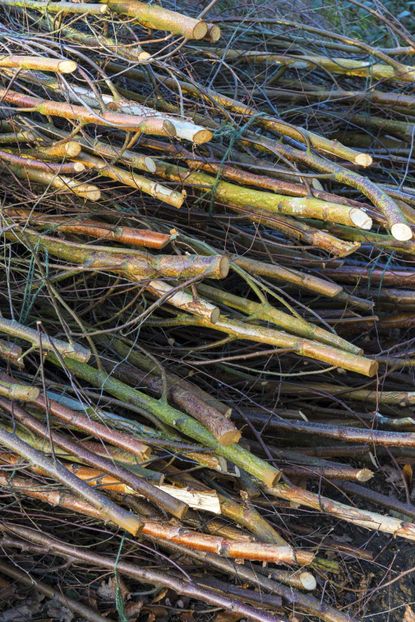

The word 'coppice' comes from the French word 'couper' which means 'to cut.' What is coppicing? Coppicing pruning is trimming trees or shrubs in a way that encourages them to sprout back from the roots, suckers, or stumps. It is often done to create renewable wood harvests. The tree is cut and shoots grow. The shoots are left to grow for a certain number of years and then are cut, starting the entire cycle again. Read on for more information about coppicing trees and coppicing techniques.
What is Coppicing?
Coppicing pruning has been around since Neolithic times, according to archaeologists. The practice of coppicing pruning was particularly important before humans had machinery for cutting and transporting large trees. Coppicing trees provided a constant supply of logs of a size that could be easily handled. Essentially, coppicing is a way of providing a sustainable harvest of tree shoots. First, a tree is felled. Sprouts grow from dormant buds on the cut stump, known as a stool. The sprouts that arise are allowed to grow until they are of the correct size, and then are harvested and the stools allowed to grow again. This can be carried out over and over again for several hundred years.
Plants Suitable for Coppicing
Not all trees are plants suitable for coppicing. Generally, broadleaf trees coppice well but most conifers do not. The strongest broad leaves to coppice are:
The weakest are beech, wild cherry, and poplar. Oak and lime grow sprouts that reach 3 feet (1 m.) in their first year, while the best coppicing trees – ash and willow – grow much more. Usually, the coppiced trees grow more in their second year, then growth slows dramatically in their third. Coppice products used to include ship planking. The smaller wood pieces were also used for firewood, charcoal, furniture, fencing, tool handles, and brooms.
Coppicing Techniques
The procedure for coppicing first requires you to clear out foliage around the base of the stool. The next step in coppicing techniques is to prune away dead or damaged shoots. Then, you work from one side of the stool to the center, cutting the most accessible poles. Make one cut about 2 inches (5 cm.) above the point the branch grows out of the stool. Angle the cut 15 to 20 degrees from the horizontal, with the low point facing out from the stool center. Sometimes you may find it necessary to cut higher first, then trim back.
Gardening tips, videos, info and more delivered right to your inbox!
Sign up for the Gardening Know How newsletter today and receive a free download of our most popular eBook "How to Grow Delicious Tomatoes."

Teo Spengler has been gardening for 30 years. She is a docent at the San Francisco Botanical Garden. Her passion is trees, 250 of which she has planted on her land in France.
-
 10 Best Apartment Plants To Turn Your Small Space Into An Oasis
10 Best Apartment Plants To Turn Your Small Space Into An OasisThe best apartment plants can lend an ambience of the tropics, brighten up a space, or add a touch of drama, and turn an apartment into a relaxing oasis.
By Amy Grant
-
 Grow a Bathroom Oasis: 8 Best Bathroom Plants With No Light or Low Light
Grow a Bathroom Oasis: 8 Best Bathroom Plants With No Light or Low LightSome apartment dwellers grow the best bathroom plants with no light or low light. Read how one of our favorite plant lovers does it in the big city.
By Teo Spengler
-
 Best Trees For Carbon Sequestration And Climate Change
Best Trees For Carbon Sequestration And Climate ChangeLet’s keep planting trees. They are our best bet for capturing carbon and may help with our global warming issues.
By Teo Spengler
-
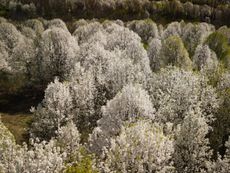 6 Invasive Trees You Should Never Plant In Your Yard
6 Invasive Trees You Should Never Plant In Your YardWhat are some invasive trees you should never plant in your yard? Click here to find out.
By Teo Spengler
-
 How Close Can You Plant A Tree To A Stump?
How Close Can You Plant A Tree To A Stump?Looking to plant new trees near old stumps or where stumps have been removed? Click here to learn how.
By Teo Spengler
-
 Messiest Trees That Drop Debris Everywhere
Messiest Trees That Drop Debris EverywhereWant to know which trees will create the biggest messes in your home landscape? Click here to find out.
By Amy Grant
-
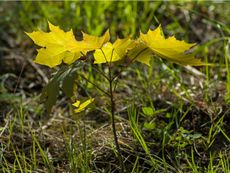 How To Get Rid Of Tree Sprouts In The Yard From Nearby Trees
How To Get Rid Of Tree Sprouts In The Yard From Nearby TreesLearn the simple way to keep pesky tree seedlings in your lawn from becoming saplings.
By Teo Spengler
-
 7 Common Tree Care Mistakes That Kill Trees
7 Common Tree Care Mistakes That Kill TreesAre you accidentally killing your tree? It's easier than you think, if you're committing one of these common mistakes. Click here for more.
By Teo Spengler
-
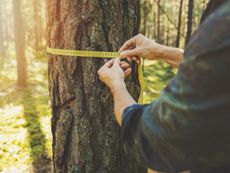 How To Tell How Old A Tree Is
How To Tell How Old A Tree IsEver wondered how to calculate the age of a tree? Click here to learn all about it.
By Teo Spengler
-
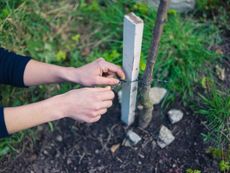 When To Remove Tree Stakes From Saplings
When To Remove Tree Stakes From SaplingsA newly planted tree may grow strong when it’s staked, but don’t forget to remove the stakes when it’s stable.
By Teo Spengler